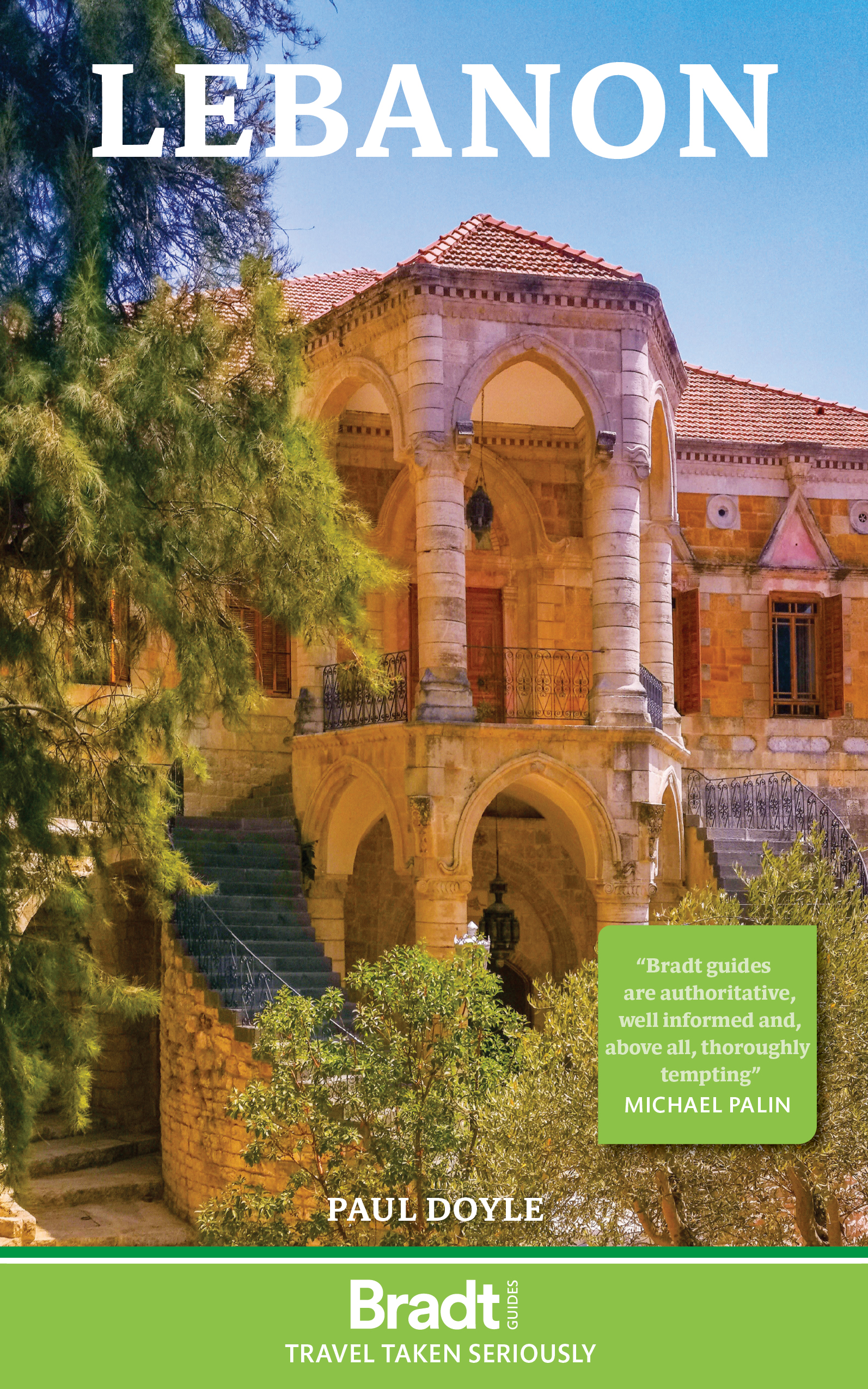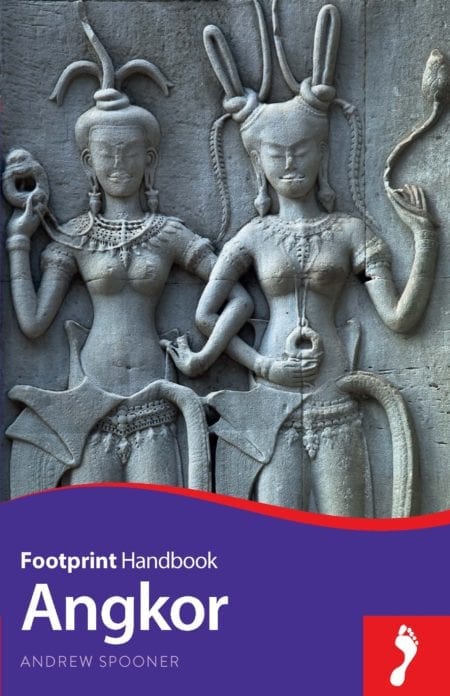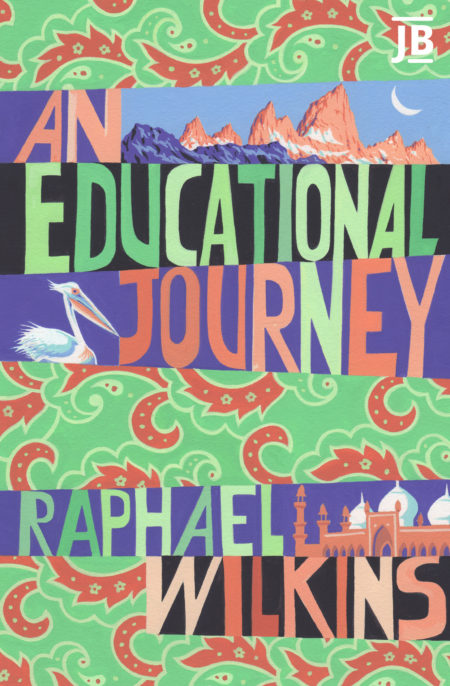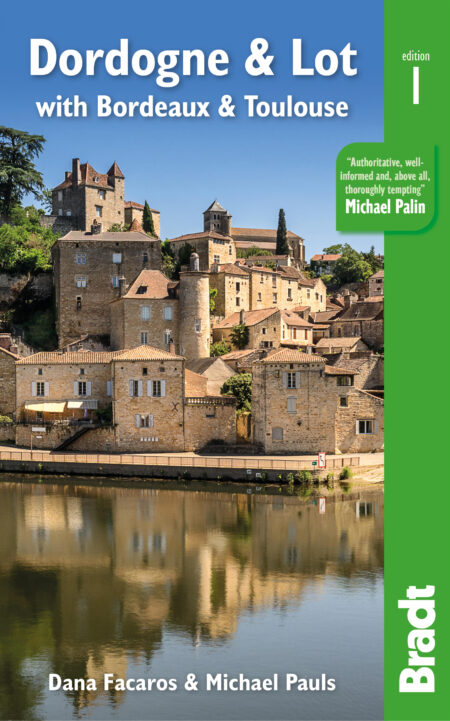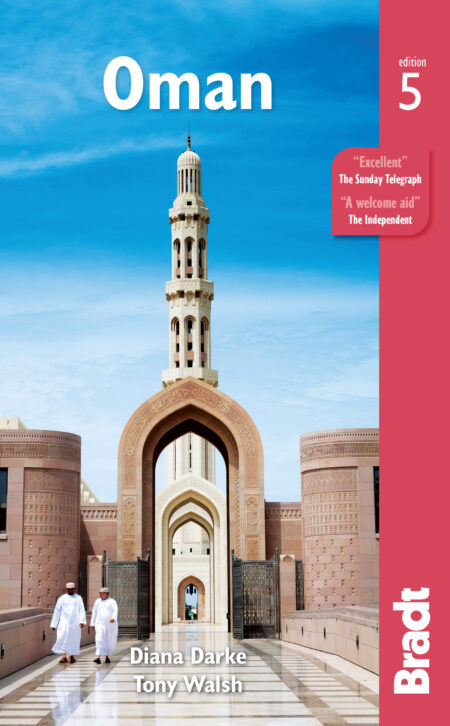Lebanon (ebook)
by Paul Doyle
£15.99 £14.39
Lebanon travel guide. Expert advice and travel information, from Beirut hotels and restaurants to cuisine and wineries, nature reserves, nightlife, skiing, hiking, beaches, festivals, museums and historic sites. Features World Heritage sites (Aanjar, Baalbek, Byblos, Qadisha Valley and Tyre), plus Tripoli, Bekaa Valley, Shouf and Aammiq Wetlands.
Edition: 3
About this book
This new, thoroughly updated third edition of Bradt’s Lebanon remains the only English-language guide dedicated to the smallest country on the Asian continent. Comprehensively updated throughout to reflect recent economic, political and social changes, it includes revised and new listings for hotels, restaurants, and what to see and do, catering for all types of travellers and budgets.
Although only half the size of Wales, Lebanon offers extraordinary diversity. Some of the world’s oldest human settlements, including the Phoenician ports of Tyre and Byblos – two of Lebanon’s five World Heritage sites – sit alongside modern Beirut. The absorbing capital is popular for its world-renowned cuisine, eclectic nightlife, mosaic of peoples and kaleidoscope of religions. In Lebanon’s second city, Tripoli, busy medieval souks are watched over by a vast Crusader castle. Nearby, snow-capped mountains and the lush Qadisha Valley with its snaking river and waterfalls provide entertainment for skiers and hikers (the latter also well served by the Lebanon Mountain Trail, which runs virtually the length of the country).
Three hundred days of sunshine per year makes Lebanon a ‘go anytime’ destination, with the Mediterranean coastline particularly drawing sun-seekers and watersports enthusiasts. Wildlife-lovers can enjoy Shouf Biosphere Reserve (with its famed cedar trees, the national emblem) and the Aammiq Wetlands, while Lebanon has become a major destination for religious tourism, and vinophiles can visit numerous Bekaa Valley wineries of international repute.
Bradt’s Lebanon offers detailed coverage of areas ignored by other guides, particularly the country’s south, as well as more extensive cultural and practical information. New for this edition are specialist features on aspects of Lebanese cultural life, additional background information, updates on work to rebuild Beirut following the 2020 explosion, extended and revised coverage of the Aammiq Wetlands, new and updated maps, and new visitor attractions including the MIM mineral museum and the Middle East’s first chocolate museum, both in Beirut.
With a comprehensive language appendix covering both Arabic and French, detailed historical and religious background that helps visitors travel with awareness and sensitivity, and in-depth travel information, Bradt’s Lebanon is an indispensable practical companion to visiting this excitingly varied country.
Before ordering ebooks from us, please check out our ebook information.
About the Author
Paul Doyle (www.pauljdoyle.com) is a freelance photographer and travel writer,born and raised in Hampshire, England. His youthful forays around the county were instrumental in nurturing his enduring interest in travel. Following a few years working in the aviation industry his earlier social science education, combined with his interest in photography, were key factors which led him to make his first visit to Lebanon to undertake a photographic project on the reconstruction of Beirut following the end of the 1975-90 civil war for his final year photography degree project. He was totally absorbed by the country’s intoxicating mix of people and the diversity of its geography and heritage and his interest in the region burgeoned and visits to Egypt, Jordan, Libya and Syria followed. But you rarely forget your first love and he has been a regular visitor to Lebanon since that initial venture in the mid-1990s with his photographs and articles from Lebanon, the region and beyond appearing in numerous national and international publications.
Additional Information
Table of ContentsPART 1 GENERAL INFORMATION *= if relevant, so please delete if not using
Chapter 1 Background Information Geography, Climate, Natural history and conservation, History, Government and politics, Economy
Chapter 2 Lebanese people and Culture People, Language, Religion, Education, Culture
Chapter 3 Practical InformationWhen to visit, Highlights, Suggested itineraries, Tour operators, Tourist information, Red tape, Getting there and away, Health, Safety, Travellers with disabilities, Women travellers, Gay and lesbian travellers, Lebanon for families, What to take, Money, Budgeting, Getting around, Accommodation, Eating and drinking, Public holidays and annual festivals, Shopping, Arts and entertainment, Photography, Media and communications, Electricity, Business, Buying property, Cultural etiquette, Travelling positively
PART 2 THE GUIDE
Chapter 4 Beirut Historical overview, Getting there, Getting around, Tourist information, Local tour operators, Where to stay, Where to eat and drink, Entertainment and nightlife, Shopping, Other practicalities, What to see and do
Chapter 5 Mount Lebanon Beit Mery and Broummana, Bsous, Skiing and ski resorts, Adonis Valley and Afqa Grotto, Mount Lebanon coast, Jounieh, Byblos (Jbail), Amchit, Rachana
Chapter 6 North Lebanon Batroun, Tripoli (Trablous), Qadisha Valley, Bcharre´, Qadisha Valley floor: chapels, caves and monasteries,[Note: possible heading [H1/2] changes as per chapter suggestion] Ehden, The Cedars (Arz al-Rab)
Chapter 7 The Bekaa Valley Zahle´, Lebanon’s wine industry and vineyards, Aanjar, Aammiq Wetland Natural Reserve, Baalbek, Hermel
Chapter 8 The Chouf Mountains Damour, Deir al-Qamar, Beiteddine, Baakline, Moukhtara, Shouf Biosphere Reserve
Chapter 9 South Lebanon Sidon (Saida), Jezzine, Mleeta, Beaufort Castle (Qalaa al-Shaqif), Khiam Detention Centre, Tyre (Sour), Around Tyre
Appendix 1 Language
Appendix 2 Glossary
